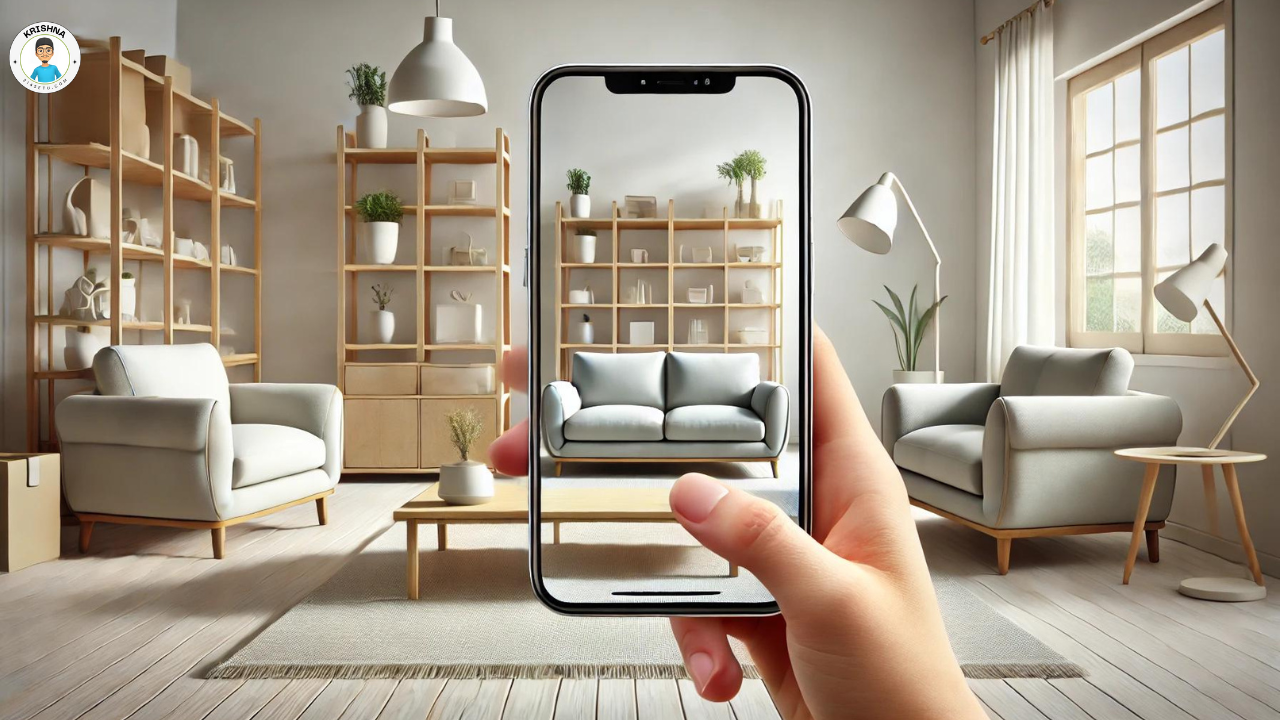
future-focused shoppers and business owners! Imagine trying on clothes, testing furniture in your living room, or seeing how a new shade of lipstick looks on you—all without leaving your home. Welcome to the world of Augmented Reality (AR) in e-commerce. Let’s dive into how AR is changing the game and making online shopping more immersive and fun.
What is Augmented Reality (AR)?
AR blends digital elements with the real world, enhancing your perception and interaction with your surroundings through your device’s camera. Think of those fun Snapchat filters or Pokémon Go, but for shopping!
Why AR Matters in E-commerce
AR offers a try-before-you-buy experience, reducing uncertainty and increasing customer confidence. According to a study, 71% of shoppers would shop more often if they could use AR. That’s huge!
How AR Enhances Shopping Experiences
- Virtual Try-Ons: Imagine being able to try on clothes, accessories, or makeup without leaving your house. Brands like Sephora and Warby Parker allow users to try on makeup and glasses via their apps. It’s like having a virtual dressing room!
- Interactive Product Previews: Ever wondered how a piece of furniture would look in your living room? IKEA’s AR app lets you place true-to-scale 3D models of furniture in your home to see how they fit and look. No more guessing games!
- Enhanced Product Information: AR can provide detailed product information through interactive visuals and 3D models. Car companies like BMW use AR to let potential buyers explore the features of their vehicles. It’s like having a showroom in your pocket!
Benefits of AR for E-commerce Businesses
- Increased Engagement: AR creates a more engaging shopping experience, keeping customers on your site or app longer. An AR-powered virtual fitting room can make online clothes shopping more interactive and fun.
- Reduced Returns: By allowing customers to see how products will look and fit, AR reduces the likelihood of returns. Retailers using AR have seen a 25% decrease in return rates. That’s a win-win!
- Boosted Sales: Enhanced product visualization and confidence lead to higher conversion rates. Shopify reports that interactions with products having AR content showed a 94% higher conversion rate. Wow!
Implementing AR in Your E-commerce Business
- Choose the Right AR Tools: Various AR platforms and tools can help integrate AR into your website or app. Use platforms like ARKit for iOS, ARCore for Android, or web-based solutions like 8th Wall.
- Create High-Quality AR Content: Ensure your AR experiences are realistic and high-quality to enhance customer satisfaction. Invest in 3D modeling and high-resolution visuals to create lifelike AR experiences.
- User-Friendly Interface: Make sure your AR features are easy to use and accessible to all customers. A simple and intuitive interface ensures customers can easily navigate and use AR features without frustration.
Real-World Examples of AR in E-commerce
- Sephora: Sephora’s Virtual Artist app allows users to try on makeup virtually using their smartphone camera. The app has boosted customer engagement and increased online sales.
- IKEA: The IKEA Place app lets customers place virtual furniture in their homes to see how it fits and looks. The app has helped reduce return rates and increase customer satisfaction.
- Nike: Nike’s AR feature in their app helps customers find the perfect shoe size by scanning their feet. This has led to better fitting shoes and fewer returns.
Future Trends and Predictions
- AR and AI Integration: Combining AR with Artificial Intelligence (AI) can provide even more personalized shopping experiences. AI can analyze user preferences and recommend products that are more likely to suit their tastes.
- AR in Social Commerce: Social media platforms are integrating AR to enhance shopping experiences directly within their apps. Instagram’s AR filters allow users to try on products and make purchases without leaving the app.
- WebAR: AR experiences accessible directly through web browsers without needing to download an app. Brands can offer AR experiences on their websites, making it easier for customers to access and engage with AR content.
Conclusion
AR is not just a trend; it’s shaping the future of e-commerce by making online shopping more interactive, engaging, and personalized. By integrating AR into your e-commerce strategy, you can enhance customer experience, reduce returns, and boost sales. So, are you ready to bring your products to life and captivate your customers with the power of AR?

